Traveling with children can feel like orchestrating a small military operation. Between packing enough supplies to survive any scenario and keeping kids entertained during long stretches of transit, family trips require a different approach than solo adventures. The good news is that with some strategic planning and a few clever tricks, you can turn potential chaos into memorable experiences that your kids will talk about for years.
The secret lies in preparation that goes beyond just throwing extra clothes in a suitcase. Here’s a list of 15 smart tips that will make your next family adventure smoother and more enjoyable for everyone involved.
Pack Smart, Not Heavy

Think of packing like playing Tetris with your family’s needs. Instead of bringing three different outfits for every day, pack versatile pieces that can mix and match. Choose clothes in similar color schemes so everything works together, and always pack one extra day’s worth of clothing per child. Roll clothes instead of folding them to save space, and use packing cubes to keep each child’s belongings organized in their own designated space.
Bring Entertainment That Actually Works

Forget about packing every toy your child owns and focus on items that provide the most engagement per square inch. Sticker books, coloring supplies, and small puzzles work wonders during flights or car rides. Download new apps or shows specifically for the trip so they feel special and novel. Consider bringing a few surprise activities that you can pull out when energy levels start getting dangerous.
Plan for Snack Emergencies
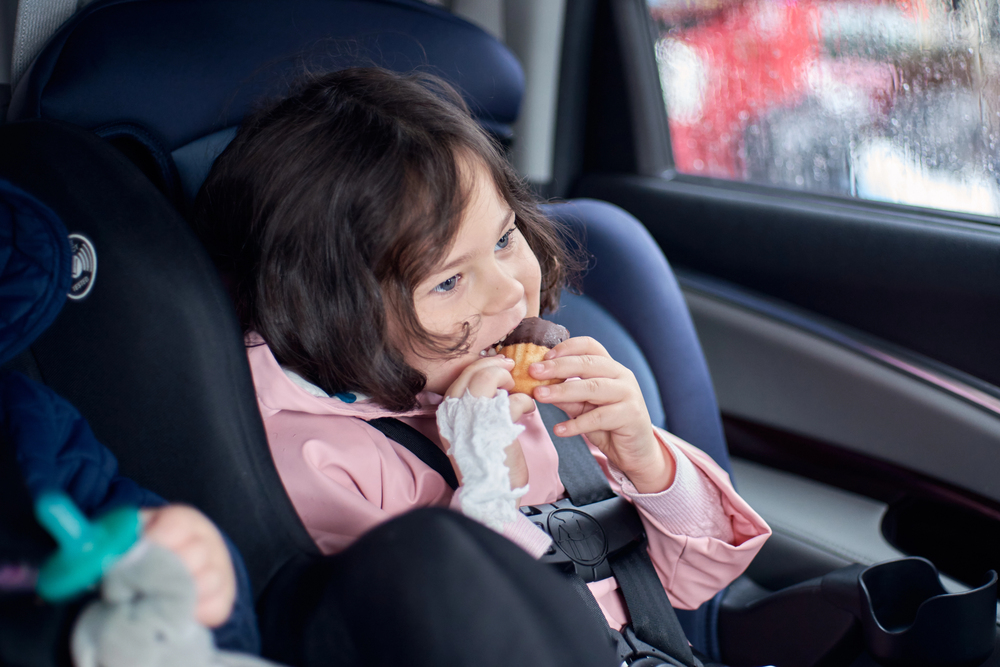
Hungry kids are cranky kids, and cranky kids can derail even the best-planned itinerary. Pack twice as many snacks as you think you’ll need, focusing on options that won’t create a sticky mess in confined spaces. Trail mix, crackers, and dried fruit travel well and provide sustained energy. Always have a backup plan for meals, especially in unfamiliar destinations where kid-friendly options might be scarce.
Master the Art of Strategic Timing

Your departure time can make or break the entire trip. For long car rides, consider leaving very early in the morning or during nap time, so kids sleep through the most tedious parts of the journey. Book flights during times that align with your children’s natural rhythms rather than just hunting for the cheapest fare. Sometimes paying a bit more for better timing saves you hours of frustration and creates a more pleasant experience for everyone.
Create a Kid-Friendly Itinerary

Adults might enjoy rushing from museum to monument, but children need a different pace and different types of activities. Build in plenty of downtime and look for destinations that offer hands-on experiences rather than just sightseeing. Parks, beaches, and interactive attractions often provide more joy than famous landmarks that require quiet observation. Try limiting your schedule to two major activities per day, leaving space for spontaneous discoveries.
Pack a Comprehensive First Aid Kit
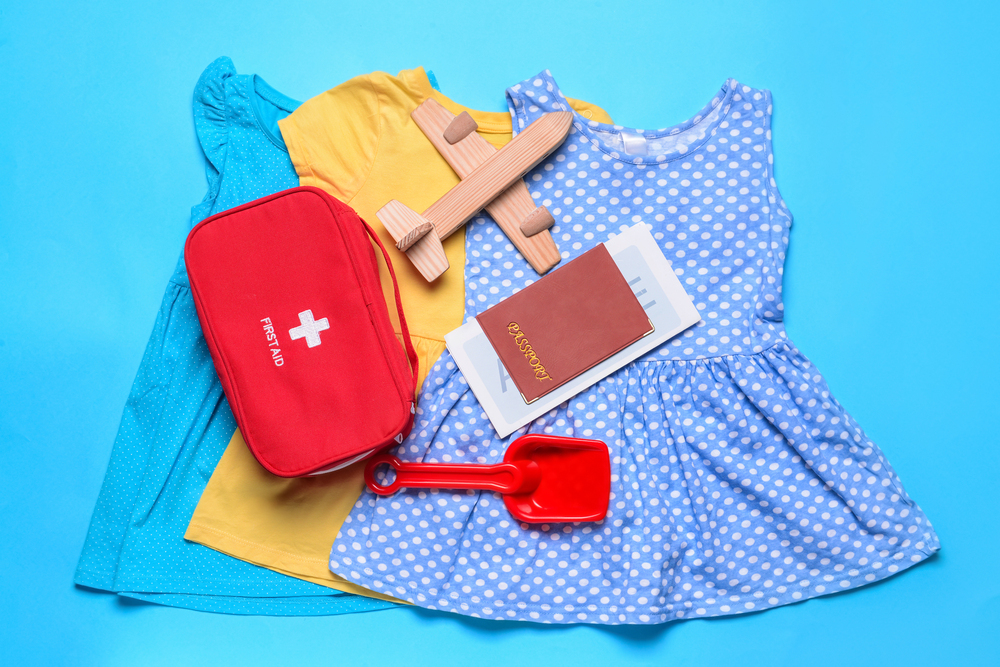
Kids have an amazing ability to find creative ways to get minor injuries, especially in new environments. Your first aid kit should include band-aids in fun designs, children’s pain reliever, thermometer, and any prescription medications with extra refills. Throw in some anti-itch cream and motion sickness remedies as well. Having these supplies readily available prevents minor issues from becoming major disruptions to your plans.
Use Technology as Your Secret Weapon

— Photo by wavemoviesmw
Modern travel apps can be lifesavers when you’re managing multiple children in unfamiliar places. Download translation apps, maps that work offline, and apps that help you find nearby playgrounds or family-friendly restaurants. Consider giving each child a basic phone or GPS tracker if they’re old enough, so you can locate them quickly in crowded places. Technology isn’t cheating – it’s smart parenting in the digital age.
Establish Clear Travel Rules Early

Before you leave home, sit down with your kids and explain what behavior you expect during the trip. Cover basics like staying close in crowds, being respectful in hotels, and following instructions quickly. Make these conversations positive by focusing on how good behavior helps everyone have more fun rather than just listing restrictions. When children know what’s expected, they’re more likely to meet those expectations.
Book Accommodations with Families in Mind
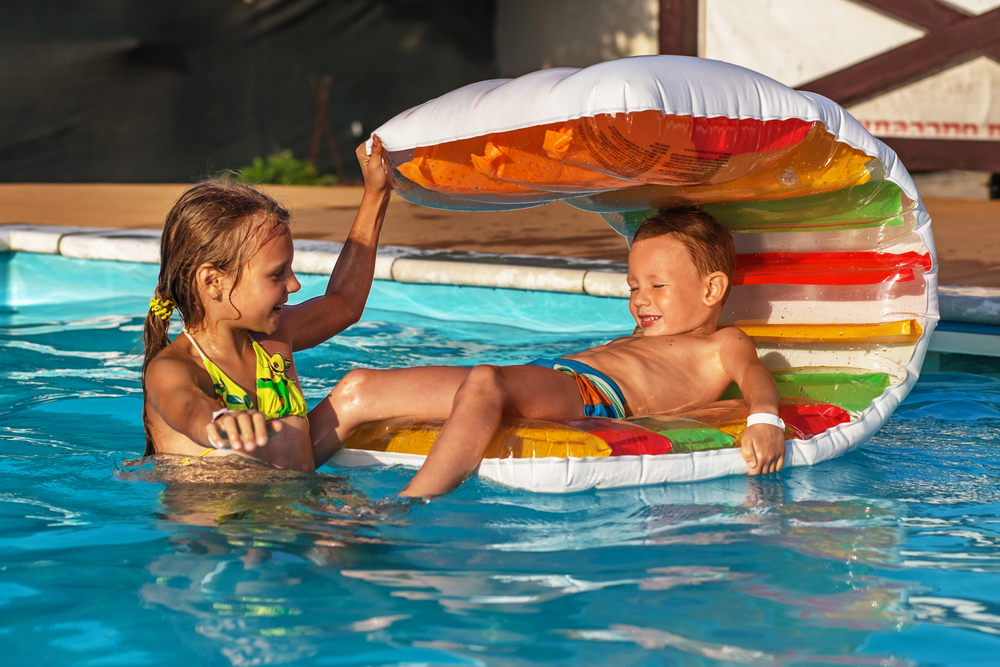
Not all hotels are created equal when it comes to accommodating families. Look for places that offer connecting rooms, pools, complimentary breakfast, and refrigerators in the rooms. Vacation rentals often provide more space and kitchen facilities that can save money and provide flexibility for meals. Read reviews from other families and don’t hesitate to call ahead to ask about family-specific amenities.
Prepare for Transportation Challenges
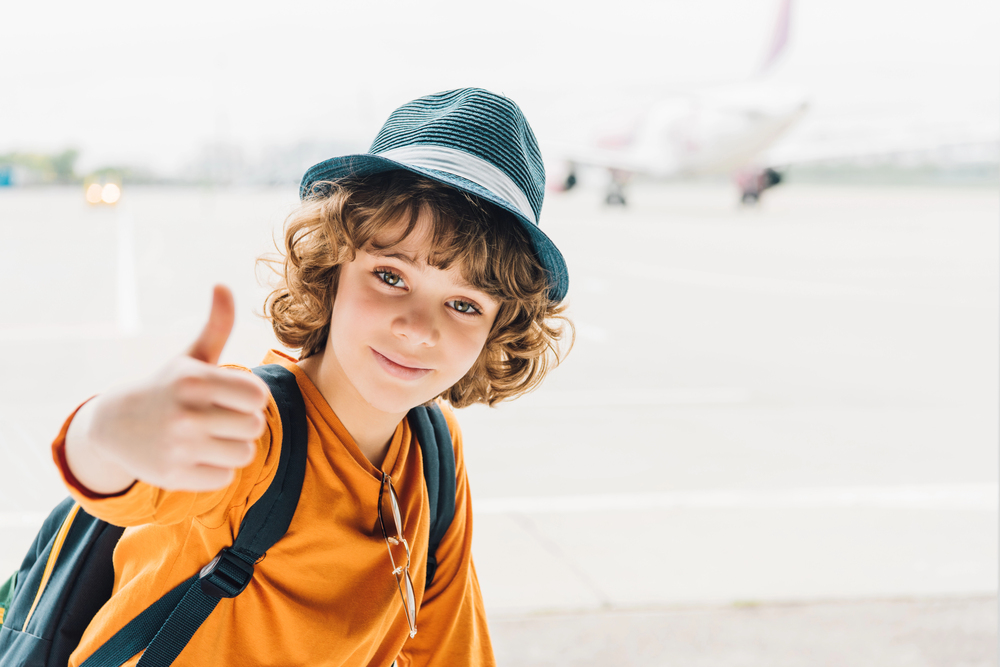
Whether you’re flying, driving, or taking trains, transportation with kids requires extra planning. For flights, pack essential items in your carry-on bag, including change of clothes for both you and your child. Bring empty water bottles to fill after security and consider seat assignments that keep your family together. For car trips, plan frequent stops and pack a cooler with drinks and snacks that won’t require hunting for restaurants at every meal.
Document the Journey

Kids love feeling important, and giving them age-appropriate cameras or journals to document the trip makes them active participants rather than passive passengers. Encourage them to take photos of things that interest them or write about their favorite parts of each day. These records become treasured keepsakes that help children process and remember their experiences long after you return home.
Stay Flexible with Your Plans
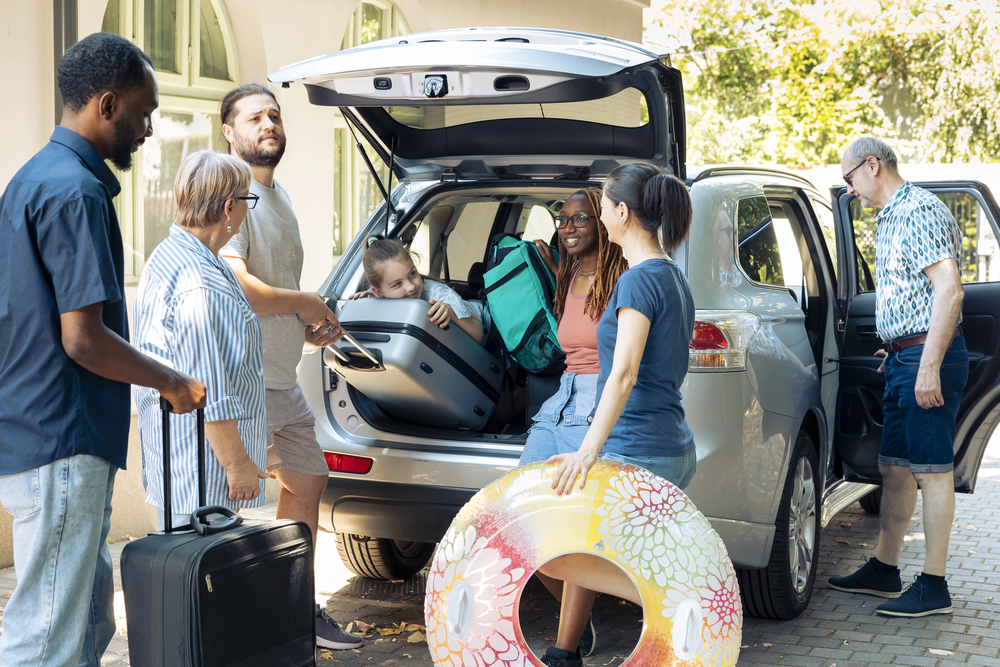
The most detailed itinerary in the world won’t survive contact with real children in real situations. Build flexibility into your schedule and be prepared to change course when someone gets tired, cranky, or unexpectedly fascinated by something you hadn’t planned to spend time on. Sometimes the best travel memories come from unplanned detours and spontaneous adventures that happen when you’re willing to go with the flow.
Teach Kids About Your Destination
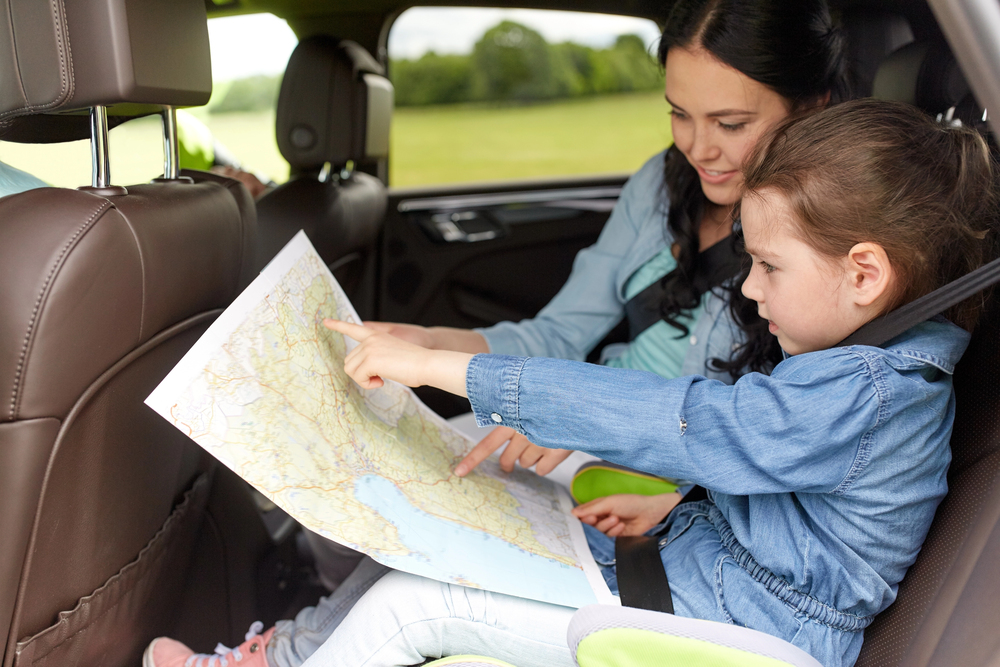
Children engage more deeply with places when they understand something about the history, culture, or significance of where they’re going. This doesn’t mean lengthy lectures, but rather age-appropriate stories, books, or videos that build excitement and context. When kids know why a place matters or what makes it special, they’re more likely to appreciate the experience and behave appropriately during visits.
Plan for Rest and Recovery

Overstimulation is real, and children can hit their limits faster than adults realize. Schedule downtime into your itinerary, whether that means afternoon quiet time at your accommodation or choosing less crowded times to visit popular attractions. Pay attention to your children’s energy levels and be willing to cut activities short or take breaks when needed. A well-rested family enjoys activities more than an exhausted one, pushing through.
Involve Kids in Age-Appropriate Planning
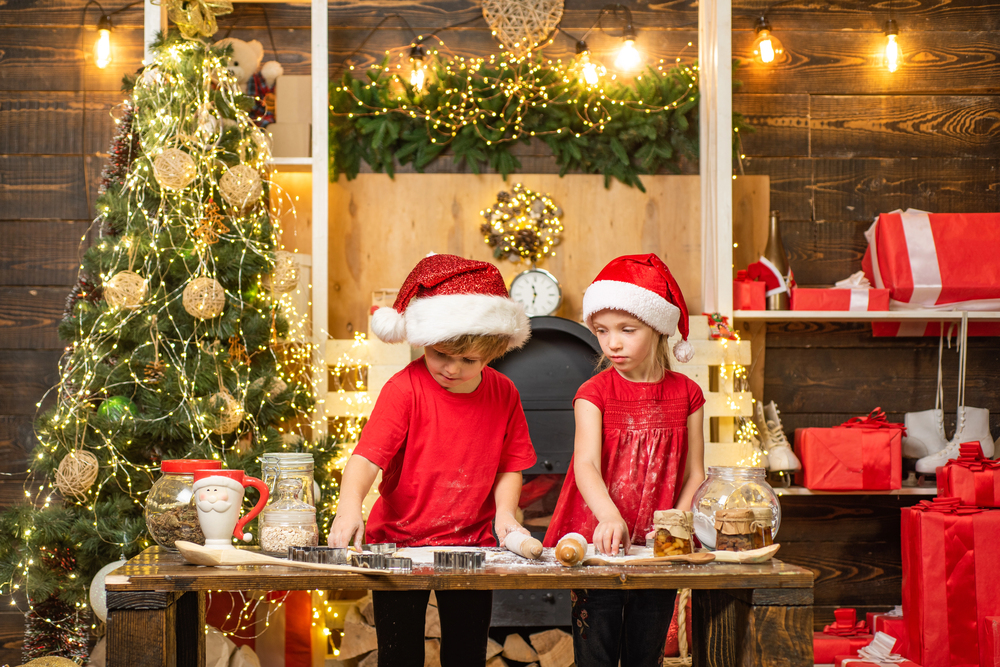
Children feel more invested in trips when they have some say in the activities. Let them choose between two restaurant options or pick one special activity they really want to do. Give older kids small budgets to spend on souvenirs and teach them to make choices about what matters most to them. This involvement helps them feel ownership over the experience and reduces complaints about activities they didn’t help choose.
Making Memories That Last Beyond the Trip
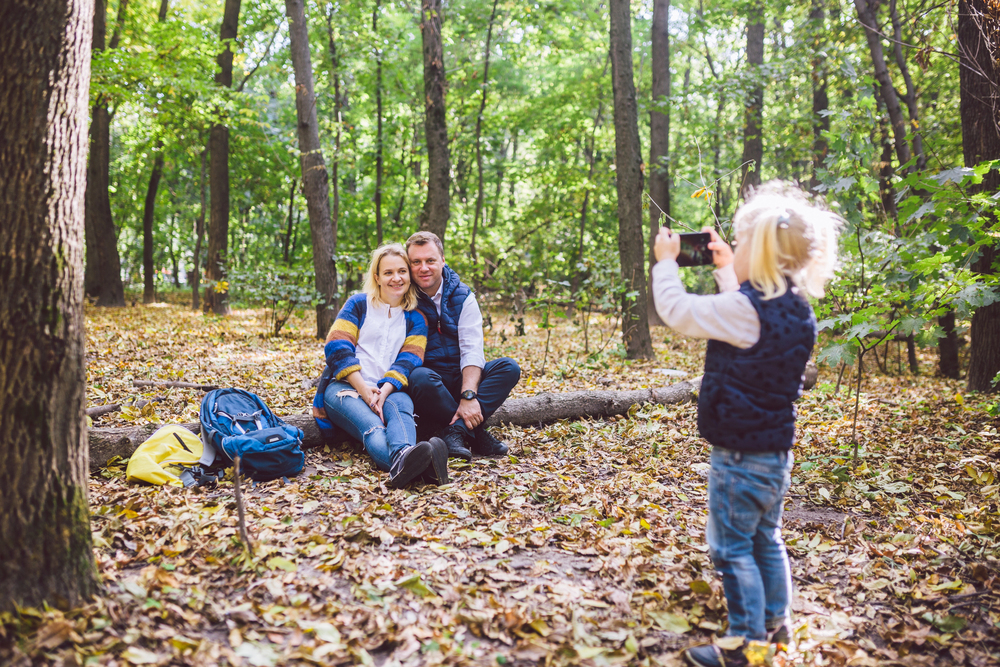
The chaos of family travel often masks its true value until years later when those hectic moments transform into beloved family stories. Children who learn to navigate new places, try different foods, and adapt to changing circumstances develop confidence and flexibility that serves them throughout their lives. The investment in patience and planning during these early travel experiences pays dividends in children who grow up comfortable with adventure and change. Your willingness to embrace the controlled chaos of family travel creates a foundation for lifelong curiosity about the world beyond their everyday experience.
More from Travel Pug

- 20 Best Beach Towns in the Carolinas
- 13 Destinations Where Tourists Regularly Regret Their Trip
- 20 Things You Actually Get in First Class
- 20 Small Airports With Aviation Museums
- 20 Places in the U.S. That Are Perfect for a Reset Trip
Like Travel Pug’s content? Follow us on MSN.
